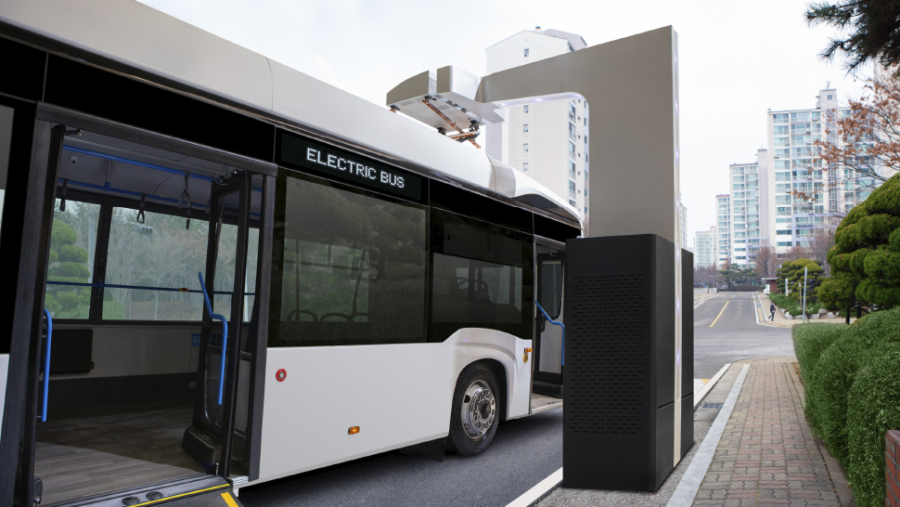

2020 has seen the biggest shake-up of planning uses for decades, providing much needed flexibility for businesses, but also huge uncertainty for the future of the retail high street and the location of employment spaces such as offices. New research, published in our Future Workspaces report, shows that the changes to the way we use these spaces will be far-reaching, even after the pandemic.
The Government’s consolidation of a diverse range of retail and business uses into a single ‘Class E’ from 1 September 2020 allows businesses to change between uses such as shops, offices, cafes, and light industrial uses under permitted development rights. Additionally, a new permitted development allowing the demolition and rebuilding of “vacant and redundant” office and light industrial buildings into dwellings was introduced on 31 August 2020.
The changes mean there is now greater scope for businesses to adapt premises to the fast- changing needs of and attitudes to workplaces, without many of the planning impediments which have long been a criticism of the previous system.
There is, however, a concern regarding the removal of the “town centre first” planning policies, which were designed to cluster compatible business uses to create vitality and protect town centre economies. Allowing the market to decide the use of buildings may not deliver the balance of business uses that creates the necessary vibrancy to attract people to town centres.
Jeremy Williamson, former Managing Director of Cheltenham Development Task Force, interviewed at the start of the pandemic, said he often heard from businesses operating from out-of-town office parks. He said they would complain of struggling to retain staff because they found the convenience of the parking was not enough to make up for the lack of infrastructure and local amenities, which meant, for example, there was nowhere to go at lunchtime.
He also pointed to successful spaces in town centres attracting premium rents from businesses despite a lack of car parking. He gave an example of a successful office development in Cheltenham town centre with limited car parking, but lots of storage space for bikes, plus showers and drying rooms.
The extent the changes will increase residential uses in town centres also remains to be seen. Although the Covid-19 pandemic is likely to see flexible home working increase, the desires of many employees to live close enough to work to walk or cycle are balanced with those prepared to undertake a longer commute as they are not attending the office each day.
Additionally, an important part of the policy changes remains in limbo, as until 31 July 2021, the permitted development rights to change uses such as offices and retail to residential have not been updated. What will happen after July 2021 has not yet been confirmed: watch this space!
We would also like to give you access to the full 95-page Future Workspaces report, of which planning is one of many topics discussed and debated. Download your free copy here.










